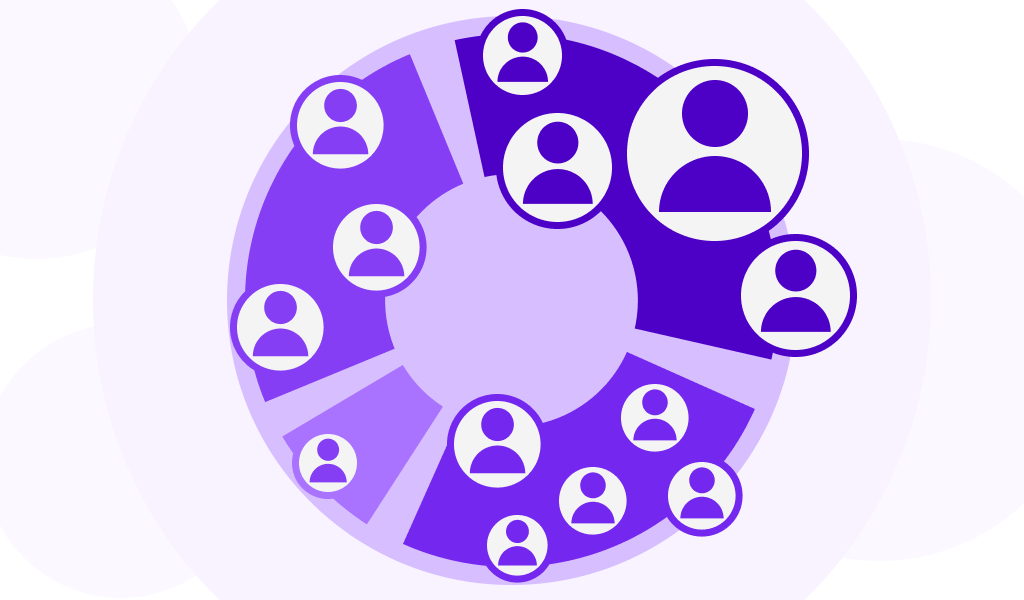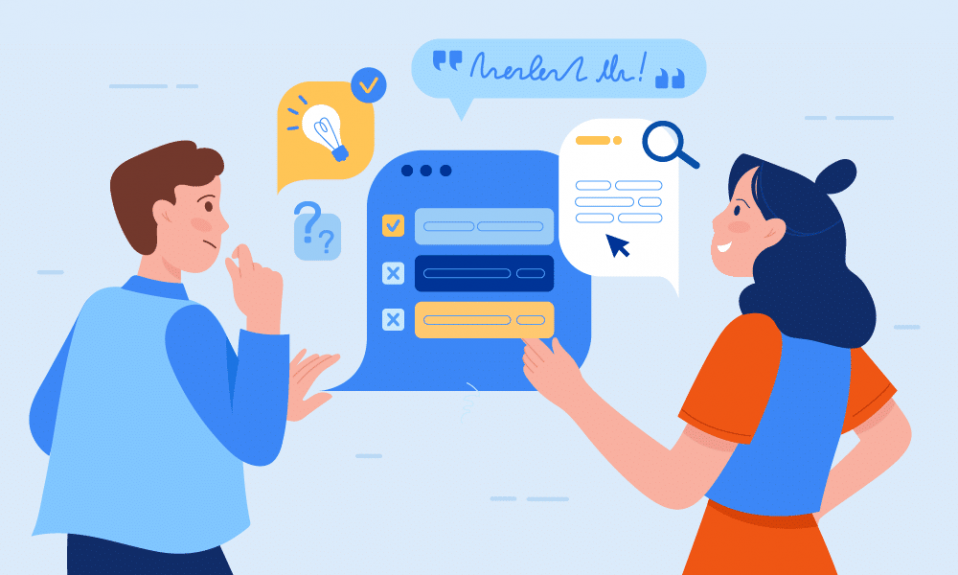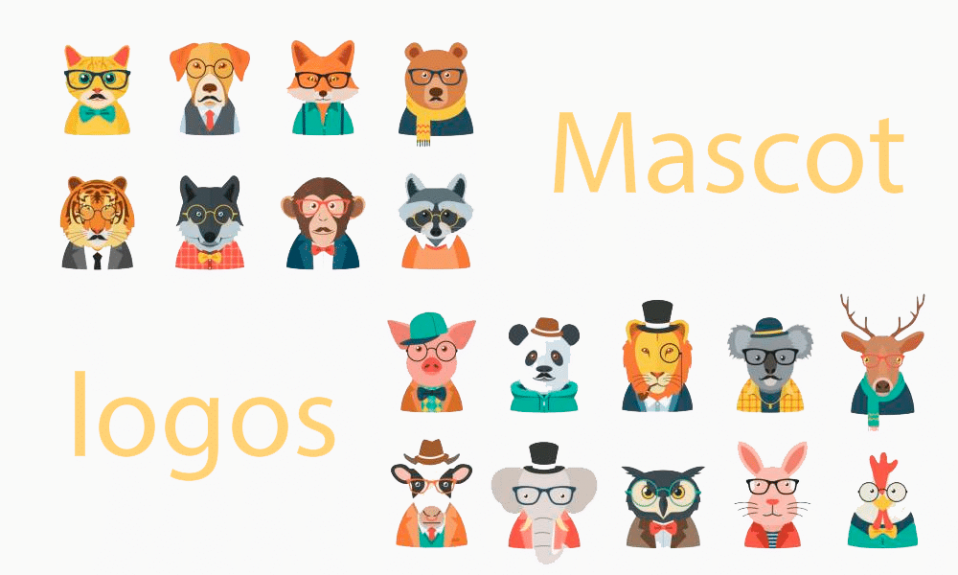No matter how new, original and interesting the business idea is, its development and promotion is impossible without studying the target audience. Identifying the portrait of the consumer of the service, the analysis of its characteristics is a direct path to success: knowledge will help to choose the right strategy of self-presentation at all its stages.
Create your own logo with Turbologo logo maker. It takes less than 5 minutes and no design skills needed.
Go to Logo MakerTable of Contents
What is the target audience?
Target audience is a category of consumers who are interested in a particular product (service): they are ready to buy it for their own use or further sale. Competent definition of the target audience is very important for business of any scale, promotion of both personal brand and company.
The target audience can also be characterized as a group that is united by common attributes, goals and objectives.
Often aspiring entrepreneurs have a fear that by narrowing the pool of potential customers, they will lose even the minimal profit they have now. In reality, the scheme works differently: a detailed sampling will help find their customer faster and establish a more sustainable communication with them, as they will be interested in solving their problems now and cooperating in the long term.
Why do I need to know the target audience of my business?
Understanding what the consumer of a product/service looks like is necessary in order to:
- competently build an advertising campaign – to promote through those resources where the number of potential users prevails, to work out the tactics of content presentation, learn the best time of its publication, find your style, think through the visual component, develop a design that is most attractive to a particular category of people, etc;
- study the needs of the client and answer the questions: Does the product/service really meet the needs? Why does a competitor have higher sales of similar goods? How can we optimize the service to make it more appealing to the consumer? etc;
- to improve products: to understand what the audience is missing now, what they are ready to pay more for, and what can make them refuse to buy the service at all, etc;
- to increase loyalty: each customer wants to feel care and attention from the manufacturer of the product. Understanding why and for whom you are working will help you treat your work more attentively, interact with consumers directly, communicate with them, accept negative feedback from the position “what can I do to fix it in the future?
- work on service: one business needs fast delivery, another needs 24/7 support, a third needs both. Think about how convenient and comfortable it is for customers to use your services. Analyze what they complain about most often: study reviews, offer to take surveys for a promo code or a small gift;
- find out who your direct competitors are and understand what makes your company better. Why consumers should go to you and not them. A thorough study of competitors, their services, targeting strategies, and testimonials will help identify gaps in performance. Check to see if you’re making similar mistakes. If there are gaps, address them. The experience of more successful representatives of this or a similar niche can help;
- “warm up” cold customers and create a need for the product/service. People do not always realize that they really need a certain product. You can deliver value only when you have a clear understanding of the needs of the target audience;
- attract customers and set up the sales funnel so that the product is sold with minimal involvement of the company’s management.
How do I define my target audience?

First of all, you need to imagine who exactly is buying the products.
Answers to the questions will help:
- what is the age, marital status, level of income of the customer?
- what kind of lifestyle does the potential customer lead, what hobbies and interests does he/she have?
- where do clients work: are they the owners of their own companies, do they perform their professional activities in public or private organizations?
Depending on the specifics of the product and how it is sold, the questions can change and be supplemented.
Another option is to try to imagine myself as a customer of the company and understand why and why I should buy a product/service from this seller?
Can everyone be the target audience? No. Even the most popular goods and services have their own circle of consumers, which does not include the entire population of the city or country. For example, white bread is rarely bought by those who watch the figure or have gluten intolerance, bank cards are not used in small rural areas, as there are no terminals and ATMs, etc.
The situation when a business owner decides that his product/service is universal and necessary for everyone, without exception, usually leads to failure. Building a quality marketing strategy with this approach is impossible.
Even a theoretical familiarity with your target audience helps to solve many related problems: what to sell, where to sell and how to sell? If you have not yet decided on a site and assortment, the CA will help you to do it – in fact, it will tell you where, how, when and what it is convenient to buy.
Important points

A detailed description of the customer portrait will provide a “reference point” for composing a unique selling proposition that satisfies the maximum demands of a specific category of people.
It is important to keep in mind that the portrait of the target audience may change over time – this is absolutely normal, because the society is developing and the processes taking place in it are dynamic.
To maintain a certain level of sales and to strengthen your position in the market, it is necessary to conduct research on a regular basis. It is important to identify changes in the portrait of the end consumer and make a decision: to leave products unchanged and look for a new target audience or to grow together with the original client and adapt the goods to their new needs.
Incorrect definition of CA entails lower profits and higher costs: an attempt to sell a product to a category of citizens who do not need it will lead not to success, but to losses.
Note also that the study of the target audience often helps to find partners and mentors, especially for a socially-oriented project, when along with the main goal, profit, the goal is to make life better for a particular category of people.
Conclusion
Do not spare energy and time to analyze the portrait of potential customers – study your target audience and listen to it. Remember, the key to the success of any business is to develop it not only for the purpose of making money, but also to meet the needs of consumers!
I’m a product and graphic designer with 10-years background. Writing about branding, logo creation and business.









